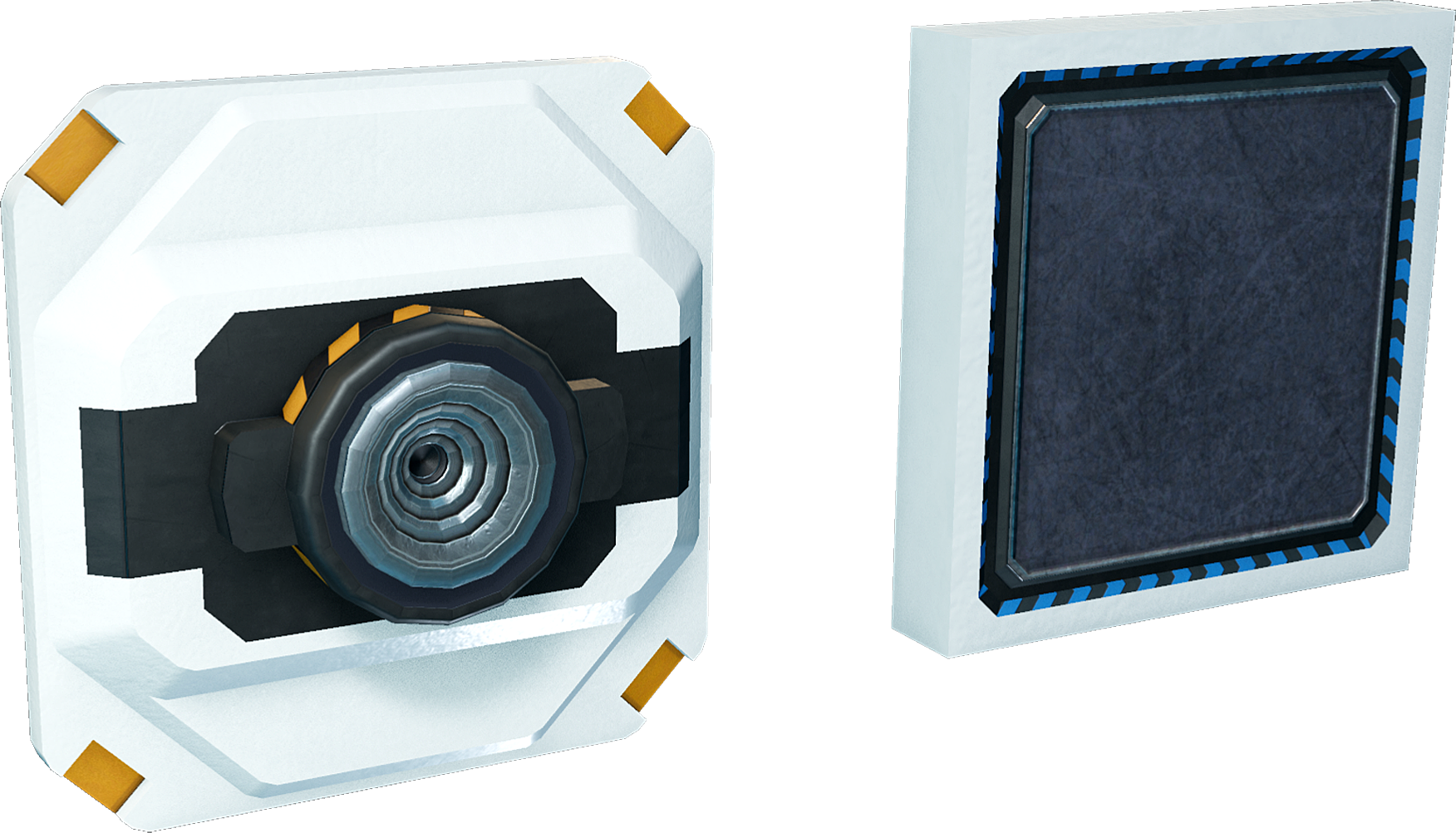Difference between revisions of "Maneuver thruster"
(Minor edit to reflect some of the numerical changes in update 18-6-2021 alpha 485.2001 for tiered thrusters. May require formatting.) |
(fixed propellant usage, removed usage graph since now outdated) |
||
| Line 27: | Line 27: | ||
|coolantIn= | |coolantIn= | ||
|coolantOut= | |coolantOut= | ||
|propellantIn= | |propellantIn=17.5 p/s (T1), 15.7 p/s (T2), 21 p/s (T3) | ||
|propellantOut= | |propellantOut= | ||
|fuelIn= | |fuelIn= | ||
| Line 76: | Line 76: | ||
== Related content == | == Related content == | ||
[[Category:Devices and machines]] | [[Category:Devices and machines]] | ||
Revision as of 17:41, 23 June 2021
Maneuver thrusters are a type of thruster used almost exclusively to provide attitude control to spaceships, allowing them to maneuver. Though they produce relatively little thrust, maneuver thrusters are simple devices with a low profile, which makes them attractive options for smaller spacecraft.
Basic information
Unlike other thrusters, maneuver thrusters are single-piece designs, which greatly simplifies their usage. Each maneuver thruster can be addressed individually or as part of a larger group via their device fields, though not as readily as triangle thrusters can. Being cold-gas thrusters, maneuver thrusters are unique in that they produce very little in terms of thrust trails, and have zero light emission while doing so. This can make them a useful option for designers attempting to minimize the visibility of their spacecraft.
Device fields
| YOLOL field | description | range |
|---|---|---|
| ThrusterState | Requested output of the thruster | 0 - 10 000 |
| ThrusterCurrentThrust | Current output of the thruster | 0 - 10 000 |
To learn more about how to use fields, consult these wiki pages:
